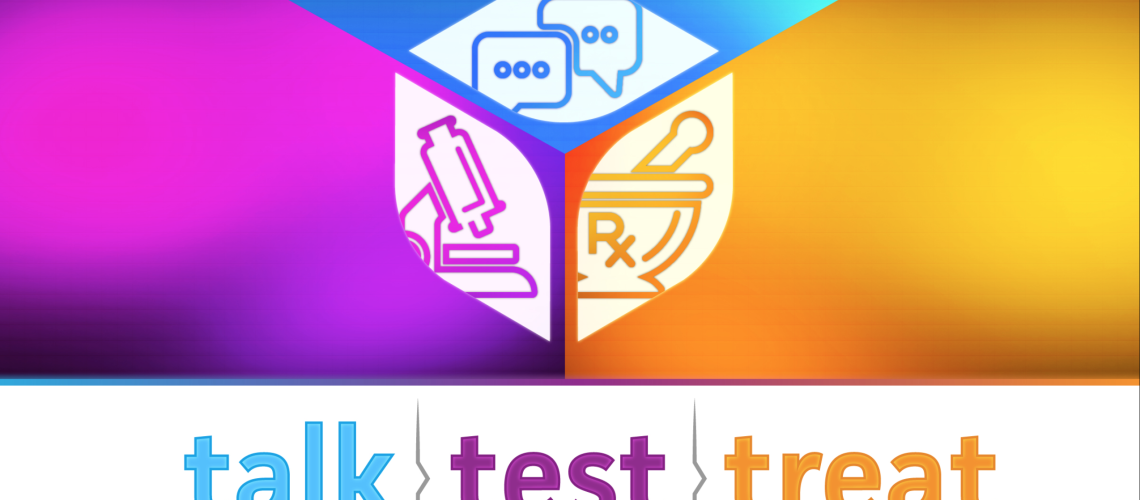Despite Progress, Low Vaccine Access and Acceptance Persist in Less Wealthy Countries
Low- and middle-income countries continue to face barriers to COVID-19 vaccination. While 68% of the global population has received at least one dose of the COVID-19 vaccine, just 23% people in low-income countries have gotten one or more shot. Public health experts report that COVID-19 vaccine access has improved in lower-income countries. However, current resources only allow up to 40% of the population to get the vaccinated in these countries. Low vaccine access is caused by multiple societal level factors, including inadequate funding to purchase and distribute vaccines and lack of high-quality, large scale storage infrastructure.
Vaccine hesitancy also contributes significantly to the gap in vaccine uptake between wealthy and poorer countries. Vaccine hesitancy develops for many reasons and from many sources. Disinformation about vaccine side effects, for example, has spread widely on social media, causing people to believe vaccine could cause infertility. These false claims extend to beliefs that vaccines were not tested for safety. Dr. Jean Nachega, associate professor of epidemiology, infectious diseases and microbiology at University of Pittsburgh Graduate School of Public Health, said while progress in vaccine equity has been made, more work is urgently needed to further close the gap. Governments must work together to meet people where they are and provide them with accurate information. Dr. Nachego says that robust education campaigns, combined with large investments in vaccine supplies, manufacturing capacity, and other supply components are all key ingredients to a increasing vaccine uptake. Ultimately efforts would not only protect lower income countries but the global community, as large pockets of low under-vaccination allow the virus to evolve. “No country is safe until every country is safe”, said Dr. Nachego.
Full Story: Healio

